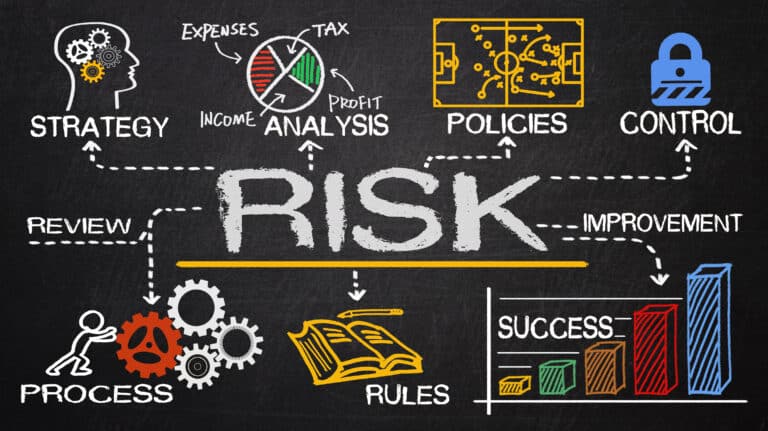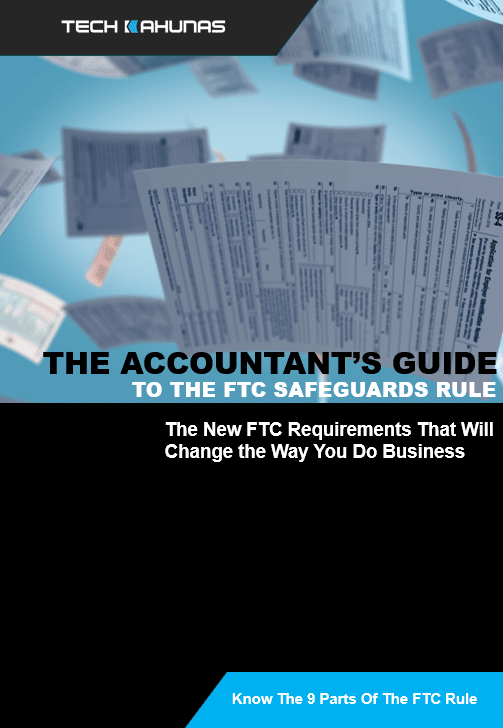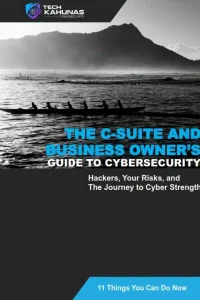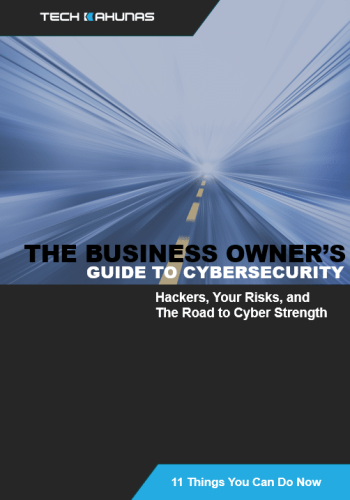Implementing Ongoing Risk Management as a Standard Practice
In 2021, organizations that didn’t have zero trust incurred an average breach cost of USD 1.76 million more than those organizations with a mature zero-trust approach.1 It’s no wonder that 69% of organizations believe that there will be a rise in cyber spending in 2022 compared to 55% in 2021, and more than 25% expect double-digit growth in cyber budgets in 2022.2 With cyberattacks surging due to widespread remote work and increased online interactions during the pandemic, it seems likely that this trend will only continue to grow further.
About 85% of breaches involved a human element in 2021. Additionally, 36% of breaches involved phishing attacks while ransomware attacks contributed to 10% of attacks.3 Amid such an evolving threat landscape, your top-most priority should be ensuring an advanced layer of cybersecurity that can protect your organization from malicious actors.
Building a strong defense is not easy since cybersecurity is not a one-and-done exercise. Your business may be safe now but could be unsafe the very next minute. Securing your business’ mission-critical data necessitates an unwavering commitment over a lengthy period. While there are several pieces to this puzzle, the most important one is ongoing risk management.
In this blog, we will walk you through cybersecurity risk assessment. By the end of it, we hope you will realize how installing cybersecurity solutions alone isn’t enough to counter cyberattacks unless you make ongoing risk management an operational standard for your business.
Understanding cybersecurity risk assessment
In rudimentary terms, cybersecurity risk assessment refers to the act of understanding, managing, controlling and mitigating cybersecurity risks across your business’ infrastructure.
In its Cybersecurity Framework (CSF), the National Institute of Standards and Technology (NIST) states that the purpose of cybersecurity risk assessments is to “identify, estimate and prioritize risk to organizational operations, assets, individuals, other organizations and the nation, resulting from the operation and use of information systems.”
The primary purpose of a cybersecurity risk assessment is to help key decision-makers tackle prevalent and imminent risks. Ideally, an assessment must answer the following questions:
-
- What are your business’ key IT assets?
- What type of data breach would have a major impact on your business?
-
- What are the relevant threats to your business and its sources?
-
- What are the internal and external security vulnerabilities?
-
- What would be the impact if any of the vulnerabilities were exploited?
-
- That is the probability of a vulnerability being exploited?
-
- What cyberattacks or security threats could impact your business’ ability to function?
Why make ongoing risk management a standard practice?
Making ongoing risk management an operational standard is vital, especially in today’s cyberthreat landscape where even a single threat cannot be underestimated. In one study, 30% of respondents say that real-time threat intelligence is critical for their cyber risk management.2 In one assessment, your business might seem on the right track but in the next one, you might spot vulnerabilities that can expose your business network to bad actors. That’s precisely why having an ongoing risk management strategy is now an integral part of standard operations for every business.
Most organizations lack the capacity to transform data into insights for cyber risk assessment, threat modeling, scenario creation and predictive analysis. This underutilization of data is one of the major roadblocks to making ongoing risk management an operational standard for businesses.
Here are seven reasons why you just can’t keep this key business decision on the backburner anymore:
Reason 1: Keeping threats at bay
An ongoing risk management strategy will help you keep threats, both prevalent and imminent, at a safe distance from your business.
Reason 2: Prevent data loss
Theft or loss of business-critical data can set your business back a long way, and your customers might turn to your competitors. Ongoing risk management can help you remain vigilant of any possible attempts at compromising your business data.
Reason 3: Enhanced operational efficiency and reduced workforce frustration
As a business owner or key decision-maker of your organization, you would be amazed how consistently staying on top of potential cybersecurity threats can reduce the risk of unplanned downtime. The assurance that hard work will not vanish into thin air will surely keep the morale of your employees high, thereby reflecting positively on their productivity.
Reason 4: Reduction of long-term costs
Identifying potential vulnerabilities and mitigating them in time can help you prevent or reduce security incidents, which in turn can save your business a significant amount of money and/or potential reputational damage.
Reason 5: One assessment will set the right tone
You must not assume that there should only be one fixed template for all your future cybersecurity risk assessments. However, to update them continuously, you need to conduct one in the first place. Hence, the first few assessments will set the right tone for future assessments as part of your ongoing risk management strategy.
Reason 6: Improved organizational knowledge
Knowing security vulnerabilities across the business will help you keep a keen eye on important aspects that your business must improve on.
Reason 7: Avoid regulatory compliance issues
By ensuring that you put up a formidable defense against cyberthreats, you will automatically avoid hassles with respect to complying with regulatory standards such as HIPAA, GDPR, PCI-DSS, etc.
Choose the right partner
Get the right partner to help you gauge every single cybersecurity risk your business is exposed to and protect your business continuously for a prolonged period. Contact us to learn how we can help you mitigate cybersecurity concerns with regular risk assessments.
1Cost of a Data Breach Report, 2021
2Global Digital Trust Insights Survey, 2022
3Data Breach Investigations Report, 2021



 Get your CPA firm aquainted with new FTC rules.
Get your CPA firm aquainted with new FTC rules. 




